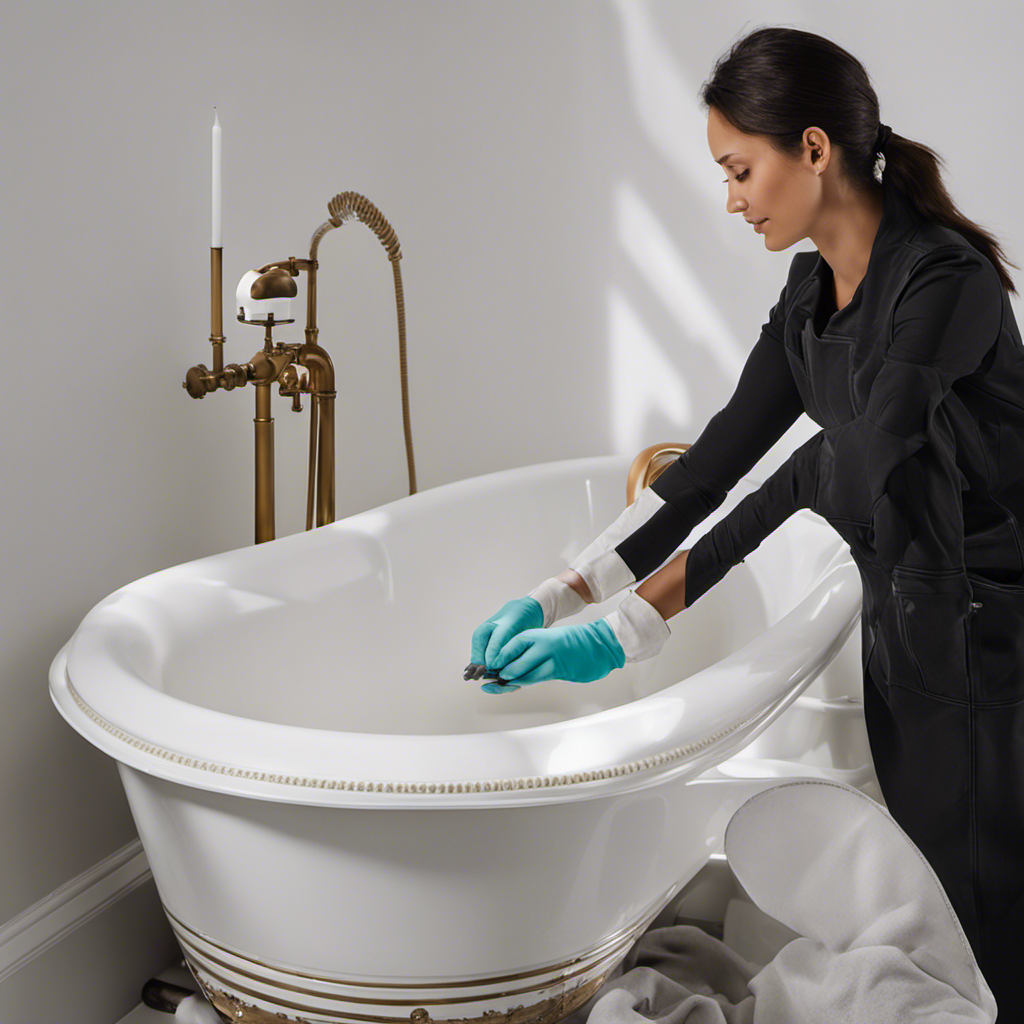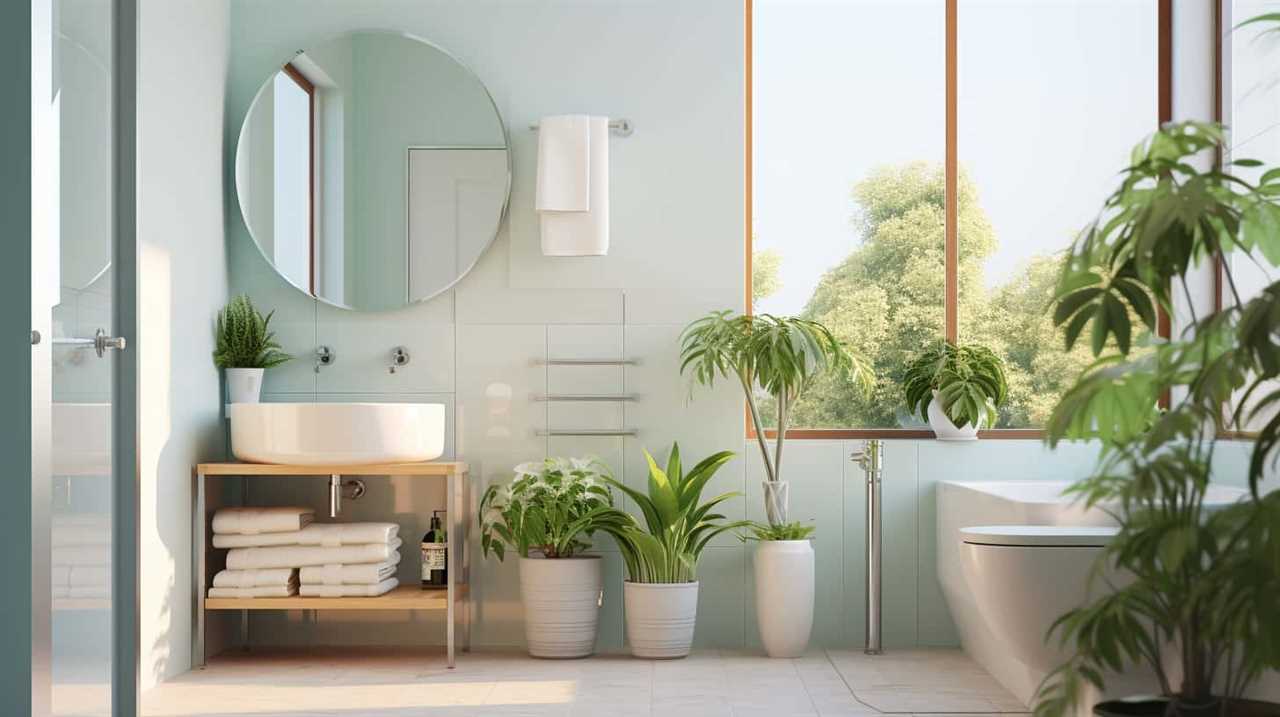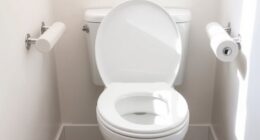Can Drano damage pipes? You bet it can!
This powerful chemical drain cleaner might seem like a quick fix for clogs, but it carries some serious risks for your plumbing.
In this article, I’ll delve into the chemical composition of Drano, explain how it works on clogs, and explore the potential damage it can cause to your pipes.
Don’t worry though, I’ll also share some alternatives for drain cleaning and offer tips for safely using Drano.

Let’s dive in and master the art of pipe maintenance!
Key Takeaways
- Drano contains chemicals that can produce heat and release harmful fumes when in contact with water.
- Excessive use of Drano can corrode pipes, especially older materials like galvanized steel or cast iron.
- Continuous exposure to Drano can lead to pipe deterioration over time, weakening the pipes and making them prone to leaks, cracks, or failure.
- Alternatives to Drano for drain cleaning include homemade solutions, plungers, and natural cleaners like baking soda and vinegar.
Chemical Composition of Drano
The chemical composition of Drano consists of a combination of powerful ingredients designed to dissolve clogs in pipes. Drano contains sodium hydroxide and sodium hypochlorite, which can be harmful if released into the environment. When these chemicals come into contact with water, they can produce heat and release harmful fumes.
It’s important to consider Drano’s impact on the environment. Drano’s effectiveness as a drain cleaner should be evaluated in relation to homemade alternatives. While Drano is a popular choice due to its convenience and effectiveness in clearing clogs, homemade drain cleaners can also be effective.
For example, a mixture of baking soda and vinegar can be used to dissolve clogs naturally. It’s important to carefully weigh the impact on the environment and the effectiveness of homemade alternatives before using Drano.

How Drano Works on Clogs
After considering the chemical composition of Drano and its potential impact on the environment, it’s important to understand how this drain cleaner works on clogs.
Drano is an alkaline-based product that contains sodium hydroxide, also known as lye, which is highly effective at breaking down organic matter. When poured into a clogged drain, Drano reacts with the water and produces heat. This heat helps to dissolve the clog, allowing it to flow freely through the pipes.
The effectiveness of Drano in clearing clogs is well-known, but it’s essential to consider the long-term consequences. Excessive use of Drano can corrode pipes, especially if they’re made of older materials such as galvanized steel or cast iron.
Therefore, it’s crucial to use Drano sparingly and consider alternative methods to prevent clogs in the first place.

Potential Risks to Pipes
I have observed potential risks to pipes when using Drano. While Drano can effectively clear clogs, its long-term use can pose dangers to your plumbing system. It’s crucial to be aware of the risks associated with using Drano regularly.
Continuous exposure to the harsh chemicals in Drano can lead to the deterioration of pipes over time. This can result in weakened pipes that are prone to leaks, cracks, or even complete pipe failure. Additionally, the corrosive nature of Drano can damage the protective lining inside the pipes, further exacerbating the risk of pipe damage.
Common signs of pipe damage include slow draining, foul odors, and water discoloration. It’s important to address these signs promptly to prevent further damage to your pipes.
Transitioning into the subsequent section about alternatives to Drano for drain cleaning, let’s explore safer options that are equally effective.
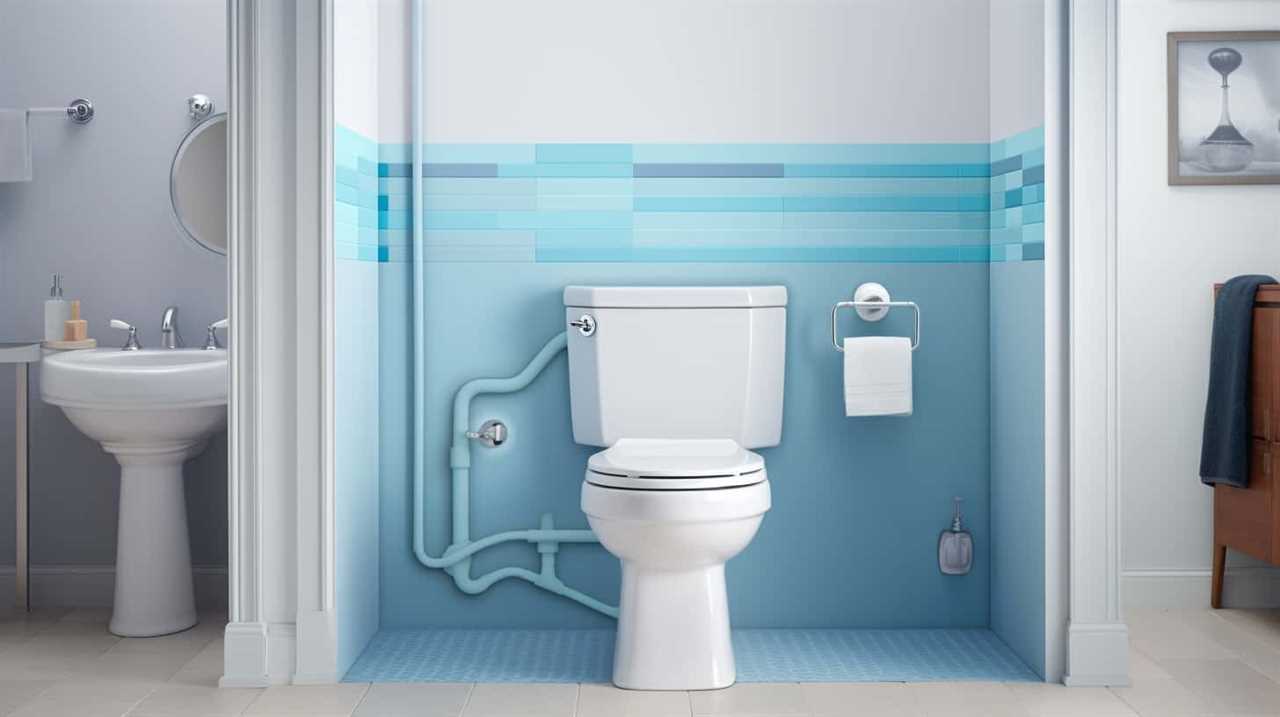
Alternatives to Drano for Drain Cleaning
One alternative to using Drano for drain cleaning is to try a plunger first. Plungers are simple yet effective tools for unclogging drains. They work by creating suction and pressure to dislodge blockages. To use a plunger, place it over the drain opening and push down firmly, then pull up quickly to create suction. Repeat this motion several times until the clog is cleared.
Another alternative is to use natural drain cleaners. These DIY drain cleaning methods involve using common household ingredients such as baking soda, vinegar, and hot water. Baking soda can be poured down the drain, followed by vinegar. The combination of these two ingredients creates a chemical reaction that helps break down clogs. Hot water can then be poured to flush out any remaining debris.
These natural drain cleaners are safer for pipes and the environment compared to chemical-based products like Drano.
Tips for Safely Using Drano
To ensure safe usage of Drano, it’s important to follow the instructions provided on the product label. By adhering to these safety precautions, you can minimize any potential risks and ensure the proper usage of Drano.

Firstly, always wear protective gloves and goggles when handling Drano to avoid skin and eye irritation.
Secondly, never mix Drano with other cleaning products, as this can result in dangerous chemical reactions.
Additionally, make sure to use Drano in a well-ventilated area to prevent inhalation of fumes.
It’s crucial to pour the recommended amount of Drano into the drain and avoid exceeding the suggested time limit.

Lastly, after using Drano, thoroughly rinse the drain with water to flush out any remaining residue.
Following these safety precautions and proper usage guidelines will help you effectively and safely use Drano for your drain cleaning needs.
Frequently Asked Questions
What Are the Different Types of Drano Available in the Market?
There are different types of Drano available in the market. They have various uses and potential side effects. It is important to understand the differences and risks associated with each type before using them.
Can Drano Be Used to Unclog a Toilet?
Yes, Drano can be used to unclog a toilet. However, it is important to note that Drano may damage pipes over time. There are alternative methods for unclogging toilets that are less harmful to pipes.

Is Drano Safe to Use on Older or Corroded Pipes?
Drano can potentially damage older or corroded pipes due to its strong chemical composition. It is recommended to use alternative methods, such as a plunger or a drain snake, to avoid further harm to PVC pipes.
Can Drano Damage Septic Systems or Harm the Environment?
Drano can potentially harm septic systems and contribute to groundwater pollution due to its impact on septic tank bacteria. It’s crucial to consider the negative environmental consequences before using Drano.
Are There Any Precautions to Take When Using Drano in a Bathroom Sink Versus a Kitchen Sink?
When using Drano, it’s important to take precautions. The main difference between using it in a bathroom sink versus a kitchen sink is the type of clogs and materials involved.
Conclusion
In conclusion, it’s important to understand that Drano, while effective at removing clogs, can potentially cause damage to pipes over time.
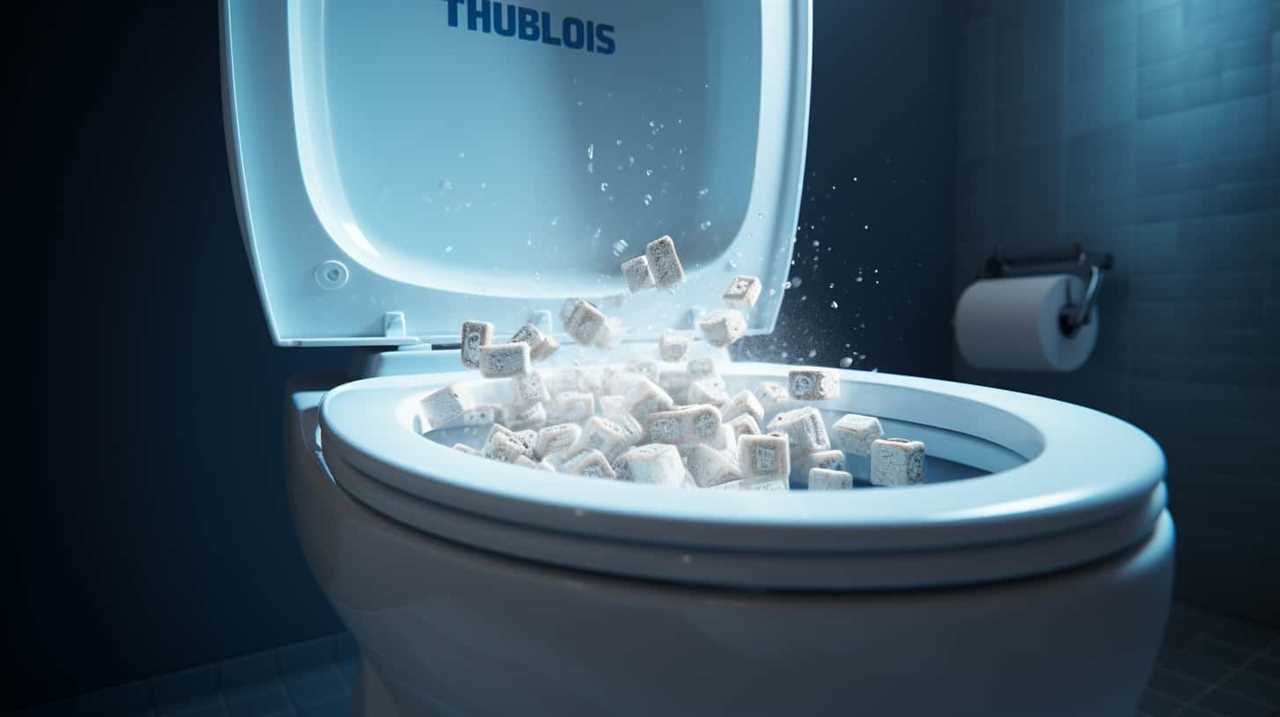
Just as a powerful storm can erode the foundation of a house, the strong chemicals in Drano have the potential to erode and weaken pipe materials.
It’s advisable to consider alternative methods for drain cleaning that are less harsh and safer for the longevity of your pipes.

